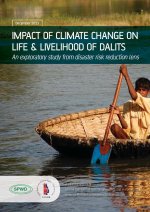Deforestation Trends in the Congo Basin : Logging
The Congo Basin has the largest forest
cover on the African continent. Of the 400 million hectares
that the Basin comprises, about 200 million of them are
covered by forest, with 90 percent being tropical dense
forests. The Congo Basin's logging sector has a
dualistic configuration. It boasts a highly visible formal
sector that is export oriented and dominated by large
industrial groups with foreign capital and an informal






